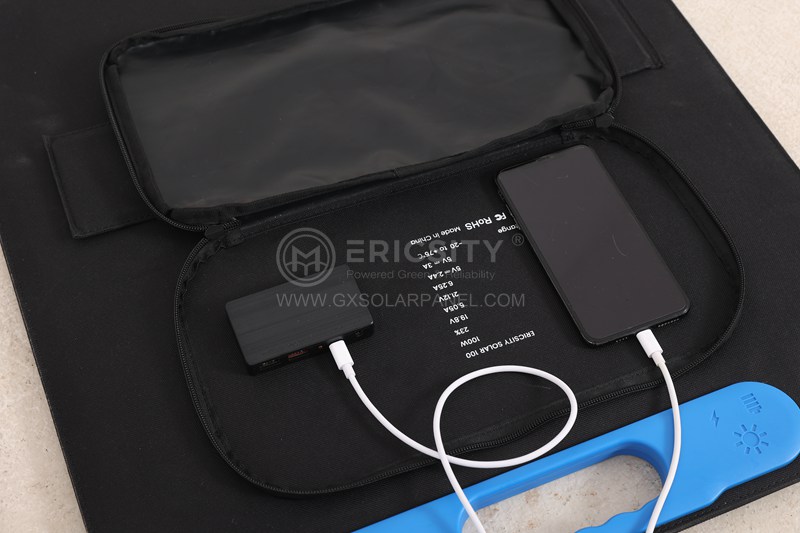HOT PRODUCT
Product Details
Semi-flexible Vs. Rigid Panels: Why 120w Semi-flexibles Are A Game Changer
Title: Semi-flexible Vs. Rigid Panels: Why 120W Semi-flexibles Are A Game Changer
Introduction
Solar panels have revolutionized the way we generate electricity, offering a renewable and sustainable energy source. With advancements in technology, there are now two popular types of solar panels: semi-flexible and rigid panels. While both serve the purpose of converting sunlight into electricity, they differ significantly in terms of flexibility, design, and suitability for various applications. This article explores the key differences between semi-flexible and rigid panels, highlighting the reasons why 120W semi-flexible panels are considered a game changer in the solar industry.
1. Understanding Semi-flexible Solar Panels
Semi-flexible solar panels, as the name suggests, are designed to be partially flexible. These panels consist of multiple layers, including a highly efficient photovoltaic layer, which are encapsulated within a flexible material. Due to their flexible nature, semi-flexible panels can conform to different surfaces, such as boat decks, RV roofs, and curved structures, which makes them highly versatile.

2. Rigid Solar Panels: A Traditional Approach
On the other hand, rigid solar panels are the conventional panels we often see installed on rooftops. They are composed of rigid materials such as tempered glass, metal frames, and silicone cells. Rigid panels are durable, shatter-resistant, and provide excellent efficiency. However, their rigid construction limits their usage to flat surfaces.

3. Flexibility and Versatility
One of the key advantages of 120W semi-flexible panels is their ability to flex, allowing them to adapt to curved or irregular surfaces. This flexibility opens up numerous installation possibilities, especially in applications where rigid panels cannot be used. For example, semi-flexible panels can easily be mounted on boats, RVs, and even tents, providing a convenient and portable solution for off-grid power generation.
4. Lightweight Design
Another notable feature of 120W semi-flexible panels is their lightweight design. As compared to rigid panels, semi-flexible panels are significantly lighter, reducing the overall weight of the installation. This weight reduction is particularly advantageous for mobile applications such as RVs and boats, where every kilogram counts.
5. Durability and Resistance
While semi-flexible panels may appear delicate due to their flexible structure, they are actually quite durable. Many semi-flexible panels are made from high-quality materials that are resistant to impact, corrosion, and extreme weather conditions. Some manufacturers employ advanced encapsulation techniques to ensure the longevity of the panels, making them suitable for harsh environments and ensuring a longer lifespan.
6. Efficiency and Power Output
When it comes to efficiency and power output, 120W semi-flexible panels are designed to provide competitive performance. While they may not match the efficiency of some rigid panels, advancements in technology have allowed semi-flexible panels to reach impressive conversion rates. The 120W variant, in particular, offers a good balance between output power and flexibility, making it a popular choice for various applications.
7. Cost-effectiveness and Return on Investment
120W semi-flexible panels offer a cost-effective solution for those looking to harness the benefits of solar energy. Their competitive pricing, coupled with their versatility and durability, makes them an attractive investment option. Additionally, considering their longer lifespan and potential energy savings, semi-flexible panels can provide a significant return on investment over their lifetime.
Conclusion
With the increasing demand for solar energy, the introduction of 120W semi-flexible panels has significantly expanded the horizons of solar power generation. Their unique combination of flexibility, lightweight design, durability, and competitive efficiency makes them a game changer in the solar industry. As technology continues to evolve, these panels are likely to witness further advancements, enabling more applications and driving the adoption of solar energy on a larger scale.




